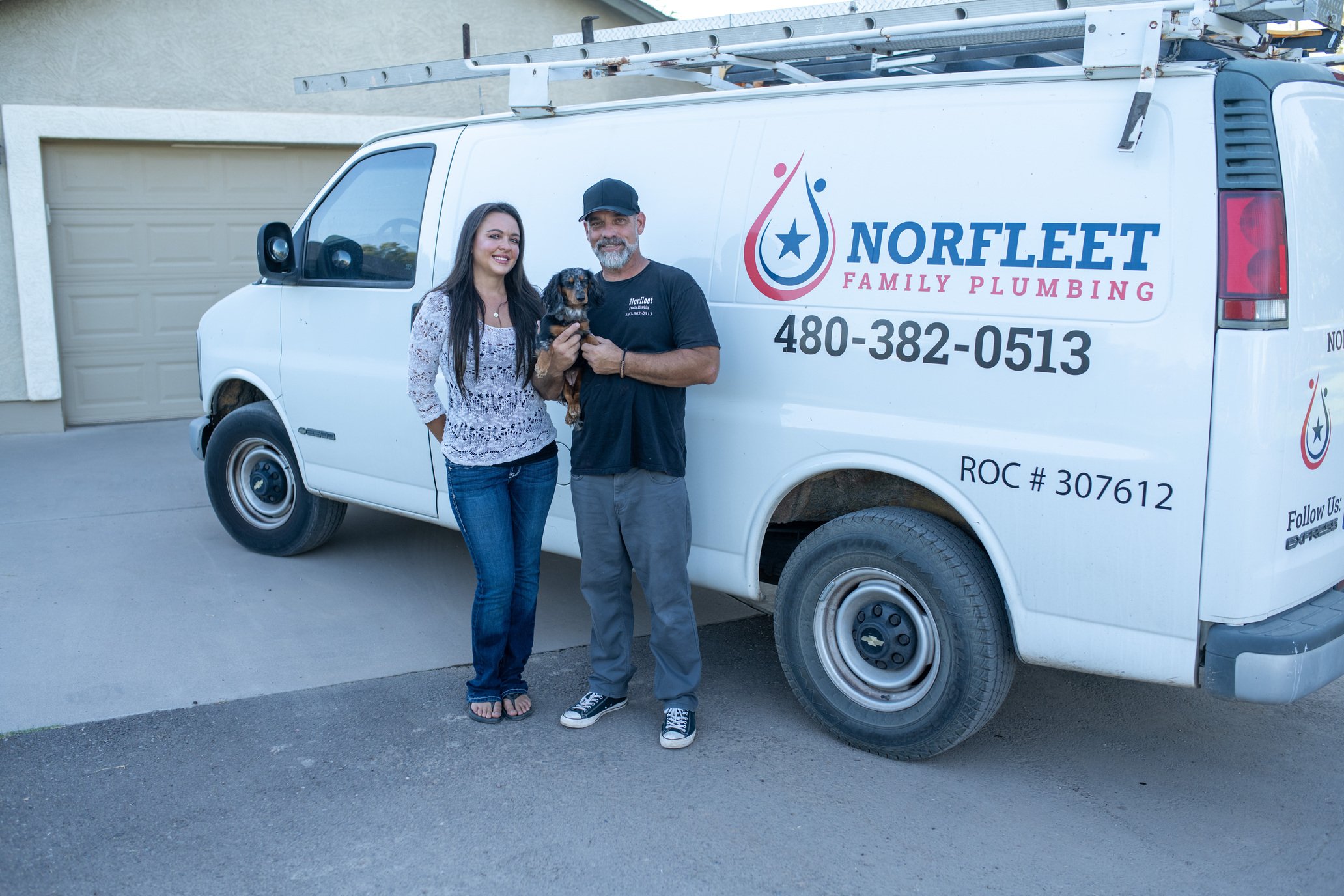Untangling the Fundamentals of Home Plumbing: A Beginner's Manual
Untangling the Fundamentals of Home Plumbing: A Beginner's Manual
Blog Article
This post down below in relation to How Does the Plumbing Work in Your Home? is without a doubt stimulating. Check it out yourself and see what you think of it.
.jpg?sfvrsn=ae8a663_3)
Plumbing is a necessary element of any kind of home, responsible for providing tidy water for drinking, food preparation, and bathing, in addition to getting rid of wastewater safely. Recognizing the basics of home plumbing is important for every home owner to guarantee appropriate upkeep, troubleshooting, and, if required, repair services. In this newbie's guide, we'll cover the essential principles of home plumbing to aid you become much more familiar with how it works.
Water Heating System
The water heating unit is accountable for home heating water for residential usage, consisting of showering, cooking, and cleaning. Typical kinds of hot water heater consist of tank-type hot water heater, tankless (on-demand) hot water heater, and heatpump hot water heater. The hot water heater is attached to the water supply system and delivers hot water to plumbing fixtures as needed.
Drain System
The drain system gets rid of wastewater from your home and brings it away to a sewage treatment facility or septic system. It includes a network of pipes, fittings, and fixtures that carry wastewater from plumbing fixtures to the primary sewer line or septic tank. Proper drainage is essential to prevent blockages, backups, and sewer leaks.
Air flow System
The ventilation system assists maintain appropriate atmospheric pressure and avoid sewer gases from entering your home. Vent pipelines, additionally referred to as vent stacks, extend from plumbing fixtures to the roof, allowing sewage system gases to run away safely outside. Air flow pipelines likewise enable air to enter the water drainage system, promoting smooth wastewater circulation and stopping suction or vacuum effects.
Supply Of Water System
The supply of water system brings tidy water into your home from a local water resource or a personal well. It consists of a primary water line that links to your home's plumbing system, usually situated underground. A water meter determines the quantity of water consumed, while a shut-off valve permits you to regulate the circulation of water into your home.
Plumbing Fixtures
Plumbing fixtures are devices that supply water to various parts of your home and consist of sinks, taps, bathrooms, showers, bathtubs, and devices such as dishwashing machines and washing makers. Each fixture is connected to the water system via pipelines and installations and may have its shut-off shutoff for upkeep or emergencies.
Typical Plumbing Devices
Having the right tools accessible is important for carrying out standard plumbing fixings and maintenance jobs. Common plumbing devices consist of adjustable wrenches, monkey wrench, pliers, pipe cutters, hacksaws, plungers, augers (or drainpipe serpents), and Teflon tape. Having these tools conveniently available can aid you tackle small plumbing concerns successfully.
Fundamental Plumbing Repair Work
While some plumbing fixings may need expert assistance, many typical concerns can be addressed with fundamental do it yourself strategies. Knowing exactly how to take care of a leaky faucet, unblock a drainpipe, replace a bathroom flapper, or fix a trickling showerhead can save you time and money on plumbing fixings.
Final thought
Recognizing the basics of home plumbing is necessary for every single property owner to keep a secure, functional, and efficient plumbing system. By familiarizing yourself with the supply of water system, plumbing components, drain system, air flow system, usual plumbing devices, and basic repairs, you can confidently deal with minor plumbing problems and guarantee your home's plumbing system runs efficiently.
Understanding Basics of Home Plumbing System: A Beginner's Guide
The Main Components of Your Home Plumbing System
The Water Supply System
This system is responsible for transporting fresh water into your home. It usually has a main water line that splits into two branches: one directed towards cold water services and the other connected to a water heater for hot water. The pressure is key here; it ensures water reaches all parts of your house.
The Drainage System
Once water has been used, it becomes wastewater that needs to be removed from your home. This is where the drainage system comes into play. It includes all the pipes that carry wastewater and sewage away from your house to sewage treatment facilities or septic tanks.
The Vent System
The vent system prevents sewer gases from entering your home and helps maintain the pressure balance that allows wastewater to flow out properly. These vents usually exit through the roof of your house.
Water Heating System
For those who enjoy hot showers or using hot water for cleaning, the water heater is a crucial part of the plumbing system. It can be a tankless system, which heats water on demand, or a traditional water tank model.
Common Plumbing Problems and Basic Troubleshooting
Plumbing systems, while designed to be durable, can face issues like clogged drains, leaky faucets, or low water pressure. Here are some basic troubleshooting tips:
Clogged Drains
Use a plunger or a plumber's snake to try and dislodge whatever is blocking the drain. Regular cleaning can prevent clogs.
Leaky Faucets
Often caused by worn-out washers or gaskets, these can usually be replaced by someone with basic DIY skills.
Low Water Pressure
This might be due to sediment build-up in your fixtures or a leak somewhere in your water line. Cleaning out aerators or seeking a professional to detect leaks might be necessary.
Preventive Maintenance Tips
Maintaining your plumbing system is key to avoiding emergencies. Regularly check for leaks, avoid disposing of grease down the sink, and have your system inspected by a professional plumber at least once a year.

I'm certainly very inquisitive about Understanding the Basics of Your Home's Plumbing System and I really hope you liked my piece. Sharing is nice. You won't know, you could be helping someone out. Thanks so much for your time invested reading it.
Go Services Report this page